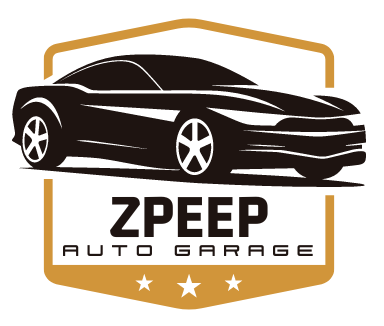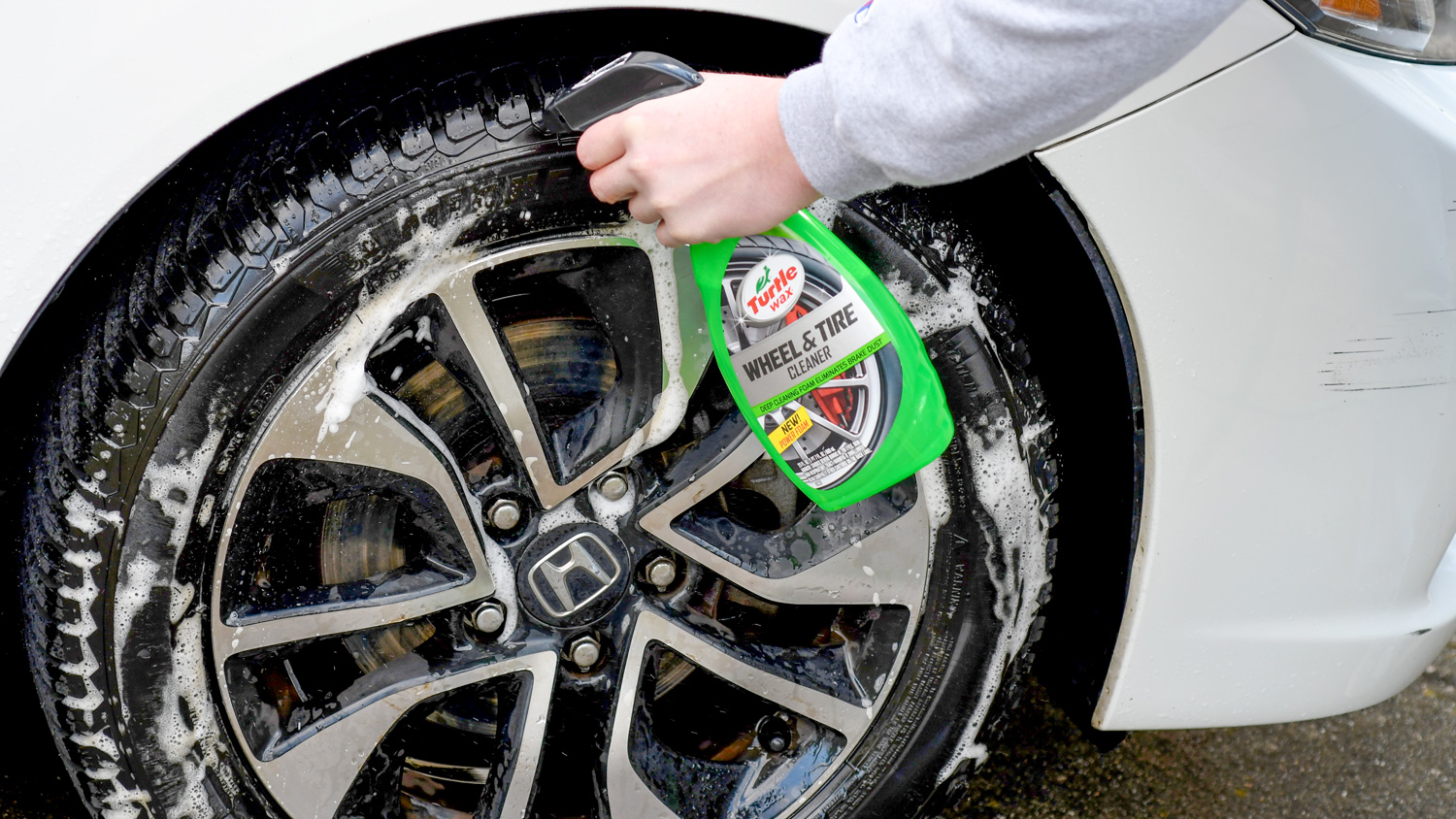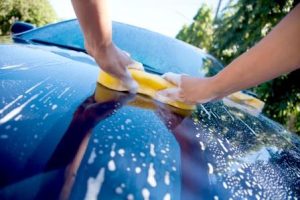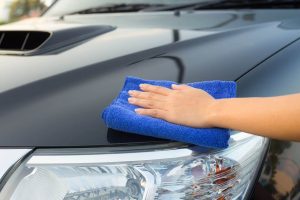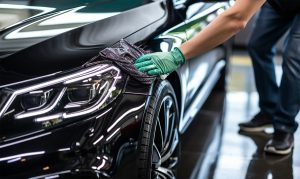Waxing is crucial to car upkeep for a great appearance. However, choosing between DIY and store-bought vehicle wax can be difficult. This article will compare each option’s merits and cons to help you choose.
DIY Car Waxing
DIY vehicle waxing is popular with automobile lovers due to its affordability and customization. One of the biggest advantages of DIY wax is that you may customize the components. DIY wax uses beeswax, carnauba wax, and essential oils.
Applying DIY wax at home is easy with minimal equipment. Melt the wax, apply it to the automobile with a soft cloth or sponge, then buff it to a shine. DIY wax formulas often incorporate UV-protective and water-repellent chemicals.
Store-bought car wax
When convenience and uniformity are desired, store-bought auto wax is a common solution. Store-bought waxes include spray-on, liquid, and paste. Each type offers advantages including durability and application ease.
Due to the many store-bought wax possibilities, choosing one can be difficult. Your budget, finish, and protection level are important. Online reviews and family and friend recommendations can help you choose.
Comparison
DIY vehicle wax vs. store-bought wax depends on various things. Both options perform well when used properly. DIY wax may need more reapplication than store-bought wax, which contains synthetic polymers for durability.
Cost is also essential. DIY wax may look cheaper due to lower ingredient costs, but store-bought wax is more convenient and lasts longer, making it a better long-term choice.
Durability and Quality
The type of wax, the car’s surface, and how well it’s applied affect wax quality and longevity. DIY wax can be as effective as store-bought wax if properly created and applied. Store-bought wax is often tested to guarantee consistency.
Follow correct application techniques and maintain your car’s finish to extend wax life. This involves frequently washing and drying your automobile to remove dirt and particles that damage wax.
Easy Application
Both DIY and store-bought wax are easy to apply, although the technique varies by type. Melting and mixing wax is more work for DIY waxing. DIY wax can be applied as store-bought wax once prepared.
Store-bought wax is ready to use and requires little preparation. Spray-on waxes are easiest to apply, then liquid and paste. A smooth, glossy finish requires thorough surface preparation regardless of wax type.
Protect and Shine
DIY and store-bought wax provide environmental protection and shine to your car’s paint. By changing ingredients, DIY waxing lets you tailor protection and shine. Adding carnauba wax deepens the gloss, while UV inhibitors protect against sun damage.
Synthetic polymers in store-bought wax protect against dirt, water, and UV radiation. DIY wax works similarly, although store-bought wax may last longer, especially in tough weather.
Environmental Impact
Waxing’s environmental impact depends on components and disposal. DIY waxing lets you reduce waste and use eco-friendly materials. Biodegradable and renewable beeswax and carnauba wax are greener than petroleum-based waxes in some store-bought items.
Store-bought wax may contain synthetic chemicals and additives that harm the environment if not properly disposed of. Look for eco-friendly and biodegradable wax products to reduce your environmental effect.
Customization
Customizing wax is a major benefit of DIY waxing. DIY wax lets you customize the mixture for a matte or high-gloss finish. To improve water repellency or scratch resistance, use different additives.
Store-bought wax has fewer modification choices. There are many items with varied compositions and finishes, but you’re limited to what’s available. If you have special needs, DIY waxing may be best.
Professional Opinion
DIY vs. store-bought automobile waxing is a contentious issue among automotive experts. Some pros believe that DIY waxing can produce outstanding results when done correctly, especially for waxmaker enthusiasts. Others say store-bought wax is more consistent and reliable, making it a better choice for most people.
The ideal waxing method depends on your budget, preferences, and skill. DIY waxing may be for you if you like experimenting with chemicals and designing own wax mix. If you prefer a convenient and trustworthy choice, store-bought wax may be better.
Consumer Reviews
Consumer reviews can help determine DIY and store-bought wax product efficacy. DIY waxing is popular among automobile enthusiasts due to its affordability and excellent results. Some prefer store-bought wax for quick touch-ups between expert detailing sessions.
Before buying, read testimonials from DIY and store-bought wax users. Look for reviews on ease of use, durability, and outcomes satisfaction. Remember that everyone’s experience is different, so evaluate many viewpoints before deciding.
Conclusion
In conclusion, DIY and store-bought automobile waxing have merits and cons. DIY waxing is cheaper and more customizable, making it appealing to ingredient experimenters. Purchased wax is convenient and consistent, making it a popular choice for individuals who prefer a hassle-free solution.
Your tastes and priorities determine the optimal waxing procedure. DIY waxing may be perfect for you if you enjoy making your own wax and are willing to use the time. Store-bought wax may be better if you want a convenient, consistent choice.
